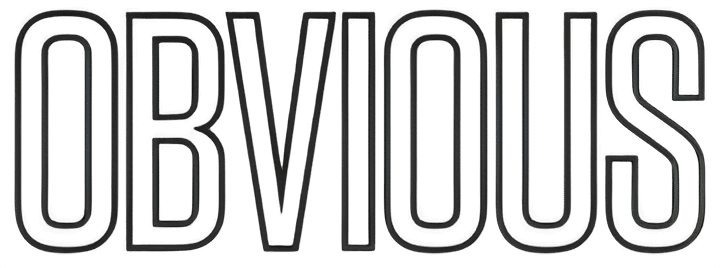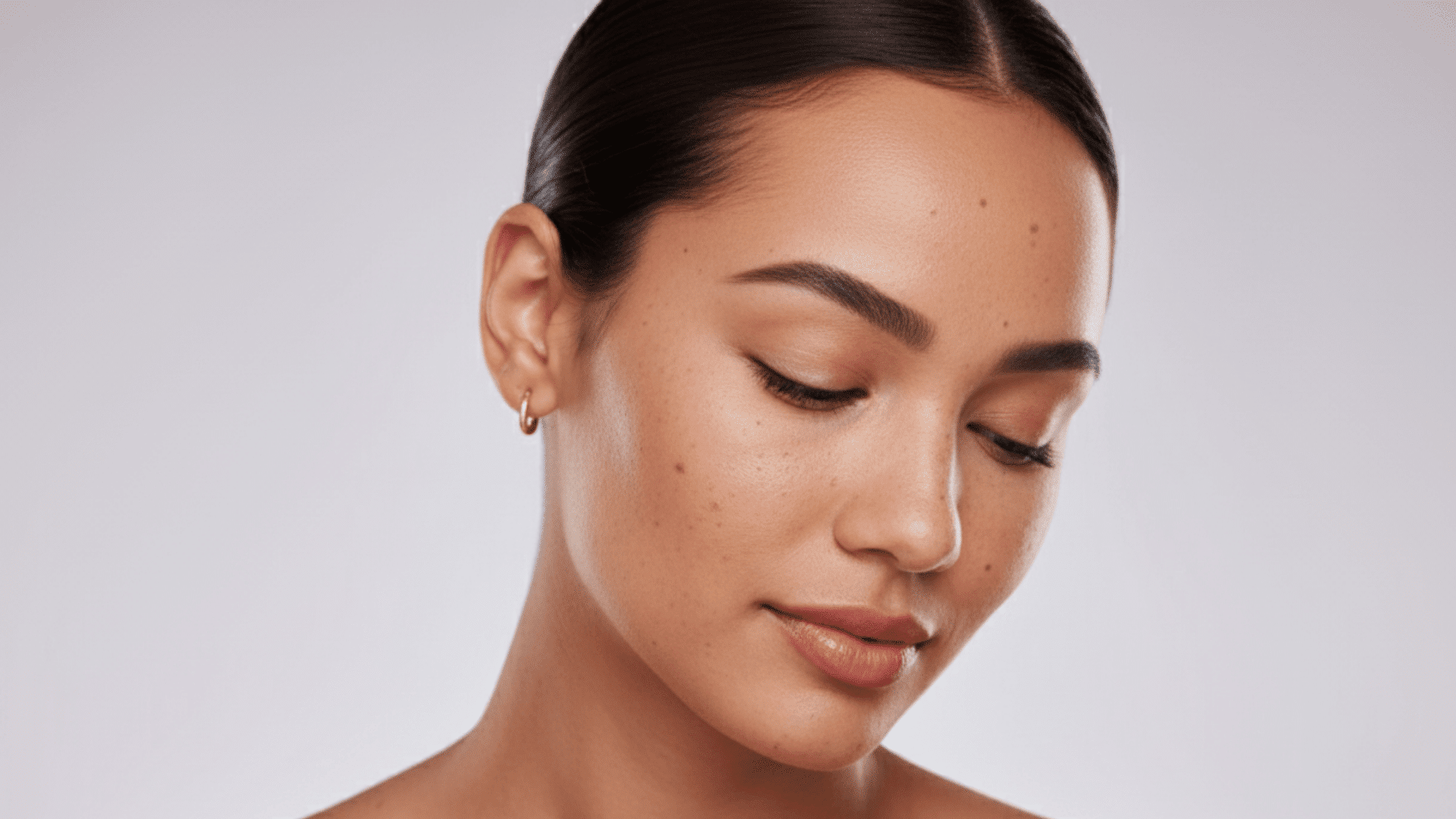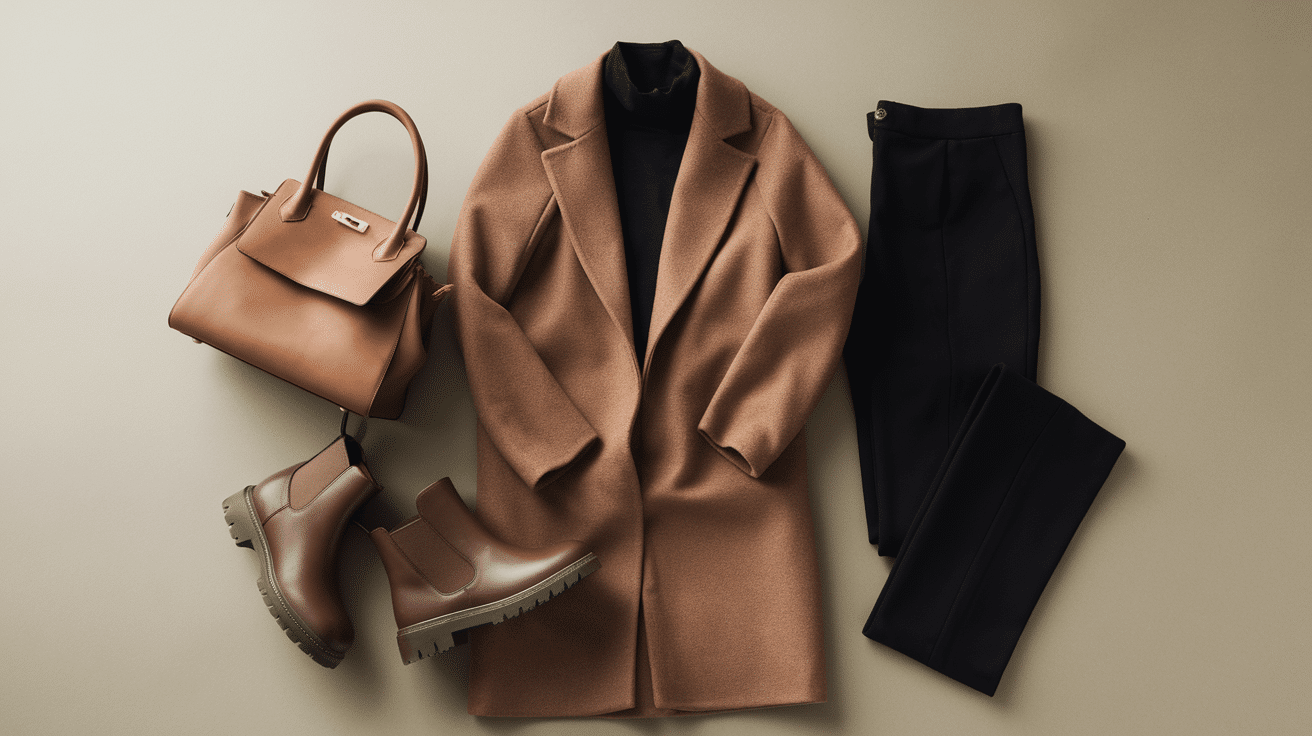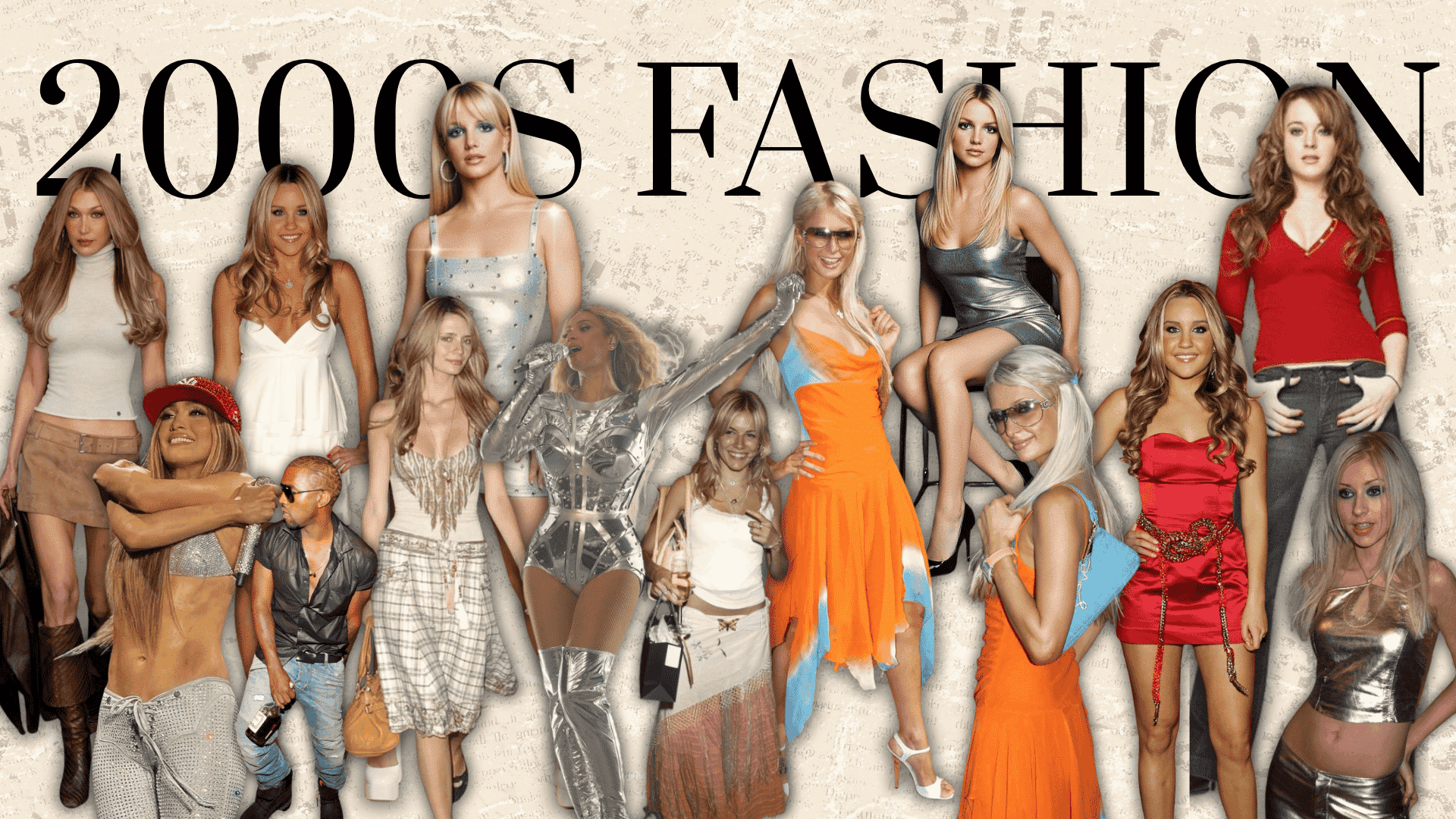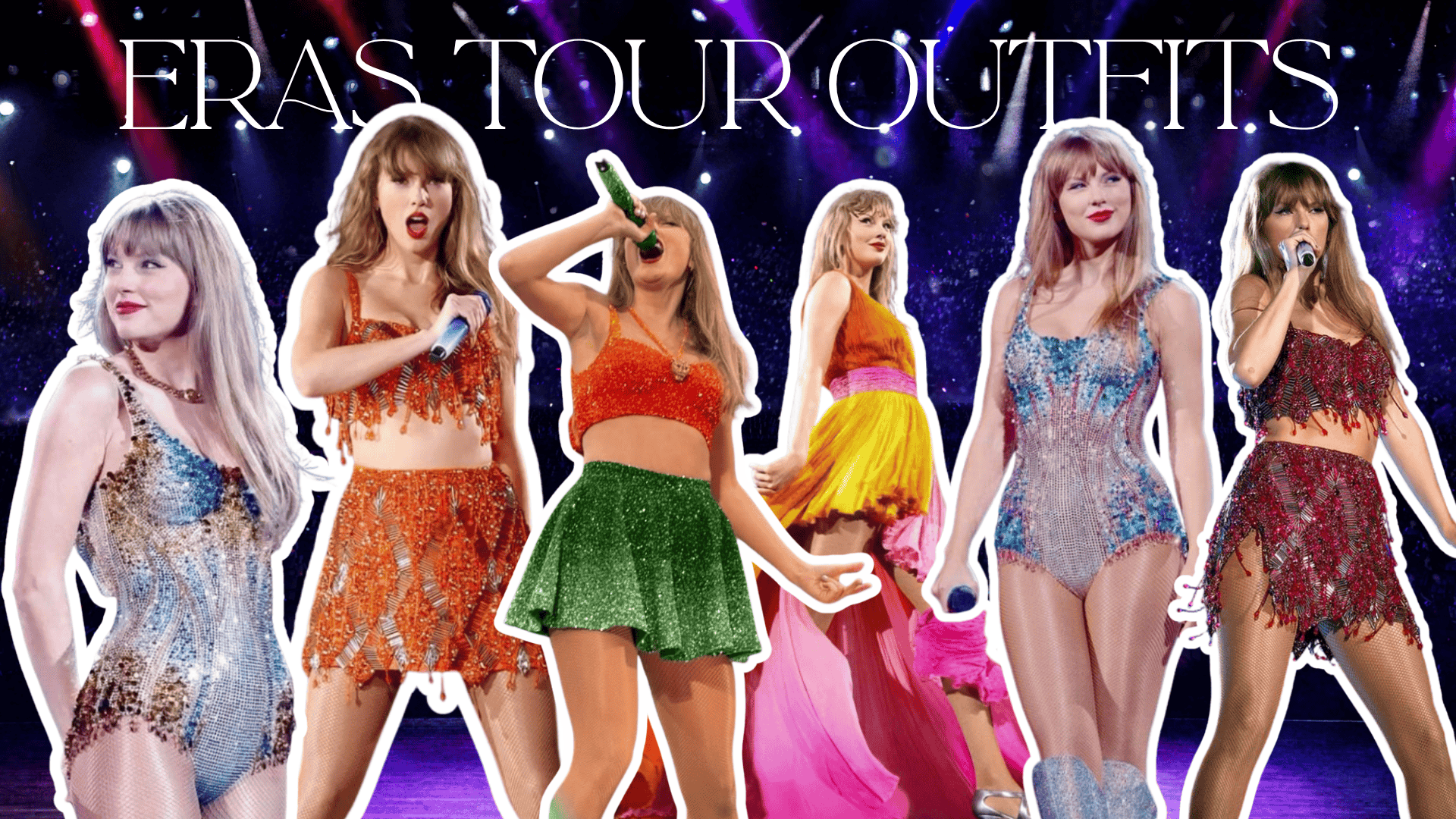There’s a reason fade haircuts remain the most popular men’s hairstyle year after year.
They’re clean, versatile and they work with practically any hair type or face shape.
Fades blend short sides seamlessly into longer hair on top, giving you that sharp, modern look that transitions from the office to the gym to date night without missing a beat.
This blog covers everything you need to know about fade haircuts.
You’ll learn what fades actually are, different types of fades for men and how to pick the right one for your face shape and lifestyle.
What Is a Fade Haircut?
A fade haircut is when your hair goes from very short on the sides and back to longer on top.
Your barber creates this effect using different clipper guard sizes, starting with shorter guards at the bottom and progressively longer ones as they move up.
The result is a smooth blend that literally “fades” from one length to another, creating that signature graduated look.
12 Best Types of Fade Haircuts
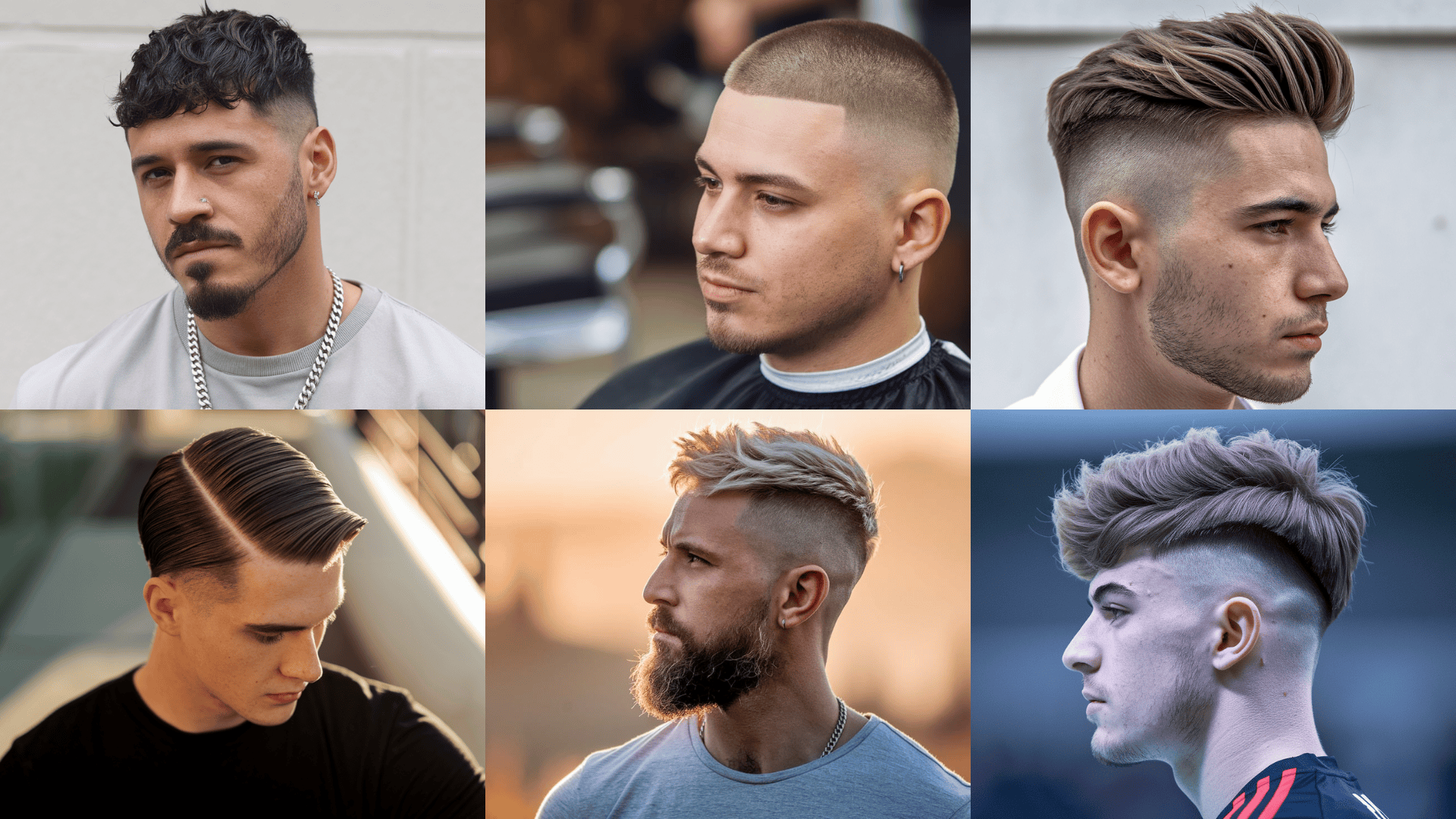
Not all types of fades are created equal.
Each type offers a different starting point, blend style, and overall vibe, ranging from classic workplace-friendly cuts to modern statement pieces with designs and patterns.
1. Low Fade
The low fade starts just above your ears and stays close to the lower portion of your head.
The transition happens low, keeping more length on the sides for a conservative, professional appearance.
Best for: Corporate professionals and traditional work environments.
2. Mid Fade
The mid fade begins halfway up the sides of your head, right around the temple area.
Barbers request this cut more than any other fade style.
It creates noticeable definition without being too aggressive, making it perfect for guys trying fades for the first time.
Best for: It’s simply perfect for first-time fade wearers.
3. High Fade
The high fade kicks off near your temples and the top of your head.
Maximum contrast defines the high fade look.
Short sides meet longer top hair dramatically, pulling all attention upward to your hair and facial structure.
Best for: Statement haircuts and longer face shapes.
Popular Fade Variations You Should Know
Beyond the common fade styles, these variations offer unique looks for specific situations and preferences.
4. Shadow Fade

The shadow fade creates an extremely subtle transition that almost looks like a natural shadow on your head.
The blend happens so gradually it’s barely visible.
Conservative workplaces appreciate how understated it looks compared to bolder fade options.
Best for: Military personnel, law enforcement, and ultra-conservative corporate settings.
5. High and Tight Fade
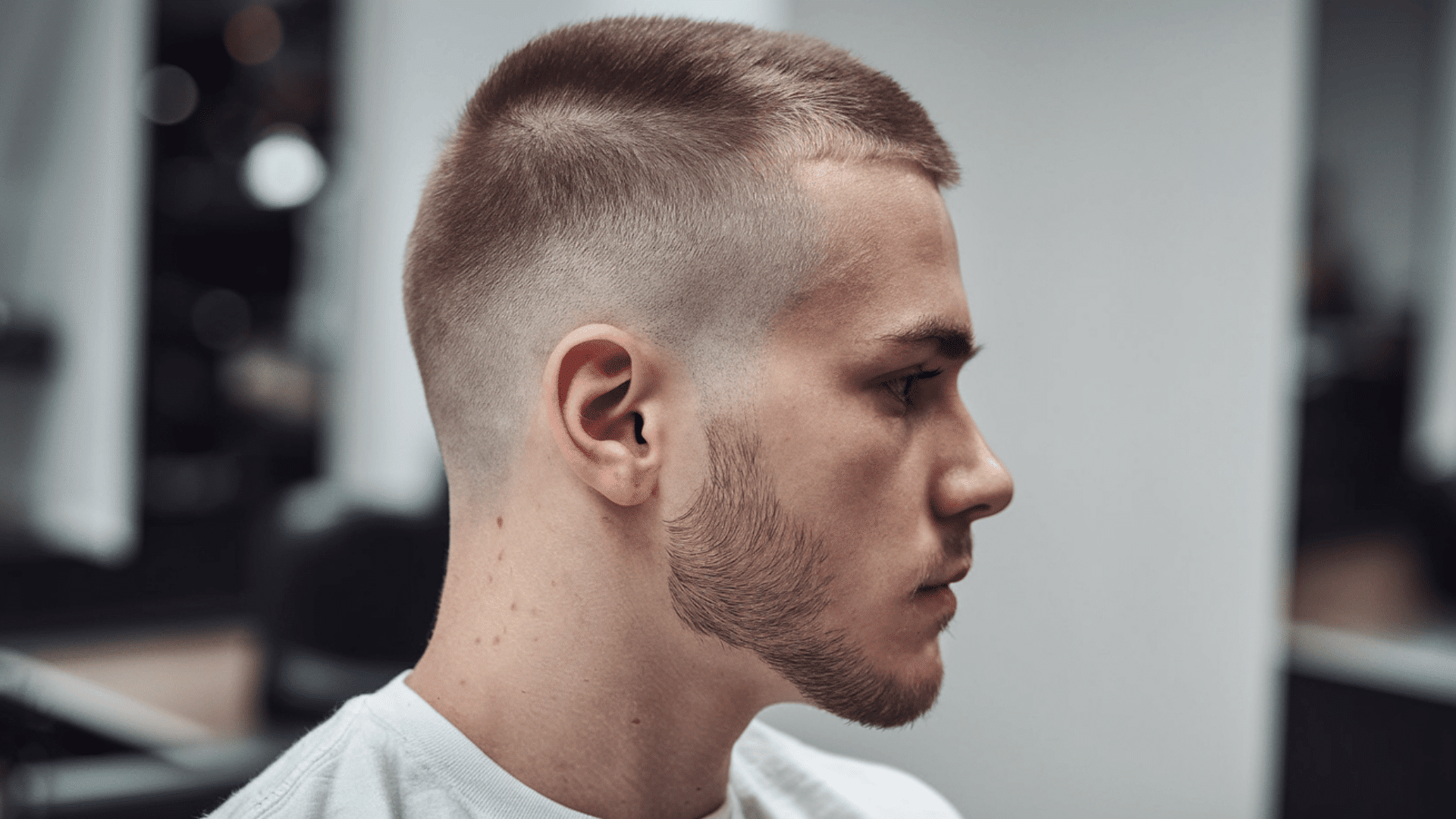
The high and tight fade is a military-inspired cut with very short sides that fade into a slightly longer top.
Originally popular in the armed forces, this no-nonsense style keeps hair extremely short on the sides while leaving just enough length on top for minimal styling
Best for: Military personnel, athletes, and men who want an ultra-low-maintenance masculine look.
6. Pompadour Fade

The pompadour fade combines the classic voluminous pompadour on top with faded sides.
You get that vintage vibe with modern execution, working equally well for formal events or casual weekends.
Best for: Men with thick hair who want a retro-inspired style.
7. Buzz Cut Fade

The buzz cut fade keeps the hair very short all over while adding a fade on the sides and back.
This fade adds dimension to what would otherwise be a simple all-over buzz.
You get visual interest without any styling effort.
Best for: Men wanting minimal maintenance with a sharp, clean appearance.
Unique Fade Style Ideas
These fade ideas work best when paired with specific hairstyles on top for a more creative look.
8. Skin Fade (Bald Fade)
The skin fade takes your hair down to bare skin at its shortest point before blending upward.
Also called a bald fade, you go from completely bare skin to full length in just a few inches.
The result is the sharpest, most defined look you can get.
Best for: Athletic builds, urban styles, and maximum impact looks.
See exactly how barbers create that perfect skin fade. Watch this Video tutorial by FADED CULTURE below.
9. Taper Fade
The taper fade offers the gentlest transition you can get.
Hair gradually shortens as it moves down your head, but never disappears into the skin.
Some length remains throughout, creating a softer, more natural finish than aggressive fade styles.
Best for: Professionals wanting low-maintenance polished looks, and it’s even great for older men.
Video by: FADED CULTURE
10. Drop Fade
The drop fade follows the natural curve behind your ear, creating an arc that drops down toward your neckline.
The curved line works beautifully with your head’s natural contours.
Best for: Wavy, curly, or thick hair types.
Video by: MartyBlendz
11. Burst Fade
The burst fade creates a semicircular pattern around your ear, radiating outward like a sunburst.
You’ll almost always see burst fades paired with mohawks, faux hawks, or heavily textured tops.
Best for: Creative professionals and statement hairstyles.
Video by: Dreclipperhands
12. Temple Fade
The temple fade focuses exclusively on the area around your temples, leaving the back and lower sides longer.
This fade gives you that gradient effect only where you want it.
Back and sides keep their length, making it popular with guys who have textured styles on top.
Best for: Textured or curly hair.
Video by: SliderCuts
How to Choose the Right Fade for Yourself?
Finding the right fade depends on your face shape, hair texture, and daily routine.
Below are some key points to help you choose the fade that best fits your style and lifestyle:
1. Face Shape: Low fades flatter round faces, while high fades add structure to longer ones. Choose a fade height that balances your features and complements your look.
Not sure about the fade style for your face? Watch this video by Exile Gentlemen to get your answer!
2. Hair Texture: Curly or coarse hair suits mid or drop fades for natural flow. Straight hair looks best with high fades, creating sharp contrast and clean lines.
3. Lifestyle & Maintenance: Skin fades need touch-ups every 2–3 weeks to stay sharp. Taper fades last longer between visits, making them great for busy routines or lower-maintenance styles.
4. Ask Your Barber: A skilled barber can match your fade to your face shape, hair type, and lifestyle. Bring photo references for clarity and to find the best style for you.
Expert Tips for Making Your Fade Last Longer
Want your fade to stay sharp between haircuts?
These simple tricks help you stretch more time out of every barber visit.
- Sleep on a silk or satin pillowcase: Cotton pillowcases create friction that messes up your fade’s shape overnight.
- Avoid touching your hair constantly: Your hands transfer oils and dirt that make your fade look messy faster.
- Protect your fade from the sun: UV rays fade hair color and dry out your scalp, especially with skin fades.
- Keep your neck and sideburns clean: Weekly trimmer touch-ups on your edges make your fade look professionally maintained longer.
- Brush or comb in the direction of your fade. This trains your hair to lay properly and keeps the blend looking clean.
Conclusion
Finding the right fade comes down to knowing your options and understanding what works for your unique features.
You’ve seen different types of fades, from conservative tapers to bold skin fades, along with how to match them to your face shape, hair texture, and daily routine.
A great fade requires the right cut plus consistent upkeep.
Book regular appointments, invest in quality products, and follow the expert tips we covered.
Your barber can help you toward the best choice, but you now have the knowledge to communicate exactly what you want.
Found this helpful?
Share this on your social media to help your friends find their perfect fade style!
Frequently Asked Questions
Which Fade Haircut Is Best?
The best fade depends on your face shape, hair type, and style preference. Low fades suit professionals, while high fades give a bold look.
What Is a Drop Fade?
A drop fade curves downward behind the ear, following the head’s shape for a natural, contoured look that enhances texture and definition.
Are Burst Fades and Drop Fades the Same?
No. A burst fade circles around the ear, while a drop fade slopes down behind it, creating distinct shapes and fade patterns.
